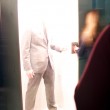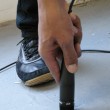
No More Tic, No More Toc, the new sound is hmmmmm……these are the three bursts of text from a Times Square marquee captured in Louis Fauer’s recently discovered 1960’s film, Time Capsule. Four panelists conceded that his mindset was decidedly that of a photographer shooting stills. Present were Vince Aletti, critic and curator, Deborah Bell, Deborah Bell Gallery, Howard Greenberg, Howard Greenberg Gallery, Brian Wallis, Chief Curator, ICP, and moderator Lisa Hostetler, Curator of Photographs, Milwaukee Art Museum.
The ICP-hosted panel discussion coincided with STREET SEEN: The Psychological Gesture in American Photography, 1940-1959, being exhibited at the Milwaukee Art Museum through April 25, 2010. The exhibition, according to Ms. Hostetler, makes “public use” of the space we call the street its subject, focusing on the role of the unconscious and the subjective experience, not the street itself.
In addition to screening the film, made in an era when filmmaking was still not considered an art form, panelists described why 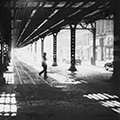 American photography in the 1940’s and 50’s, specifically the street photography of Lisette Model, Robert Frank, Louis Faurer, Ted Croner, Saul Leiter, and William Klein looked the way it did.
American photography in the 1940’s and 50’s, specifically the street photography of Lisette Model, Robert Frank, Louis Faurer, Ted Croner, Saul Leiter, and William Klein looked the way it did.
Several clues were given. It was a time when photographers held day jobs with magazine publishers, one of the few places where photographers found employment. Deborah Bell spoke to the high status accorded photographers whose work appeared in Harpers Bazaar or Flair, and the role magazines played a role in helping photographers transition their work. Also, the “impulse to create books was missing”, according to Aletti, 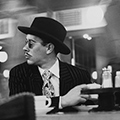 as was a market for photographs, let alone the galleries to exhibit them. Brian Wallis suggested how, with time, images become “something other than straight journalism”, citing Capa’s “slightly out of focus” style which created interest.
as was a market for photographs, let alone the galleries to exhibit them. Brian Wallis suggested how, with time, images become “something other than straight journalism”, citing Capa’s “slightly out of focus” style which created interest.
But it wasn’t until the 1970’s that the credibility of photography hit stride, Hostetler added.
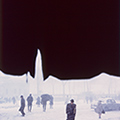 Photos top to bottom: Lisette Model, William Klein, Ted Croner, Saul Leiter
Photos top to bottom: Lisette Model, William Klein, Ted Croner, Saul Leiter
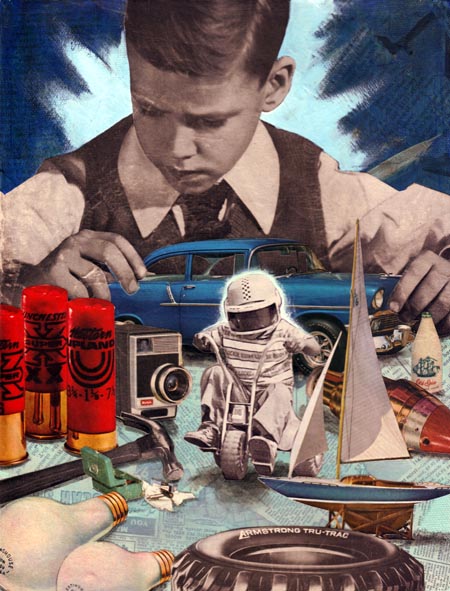

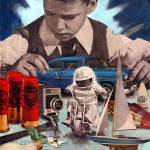
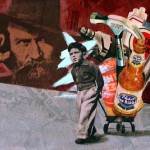
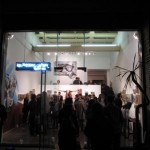
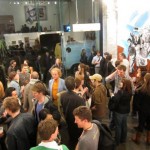
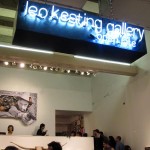
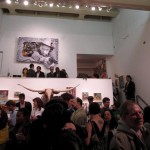
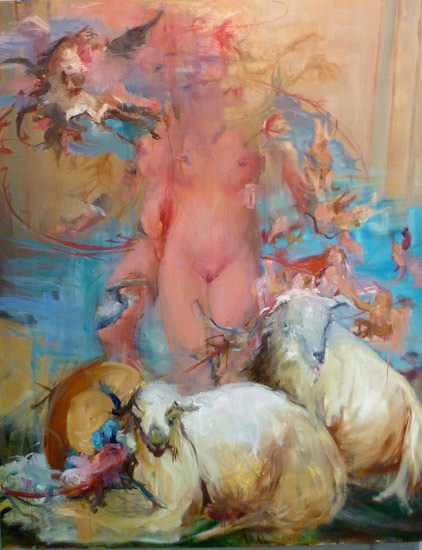





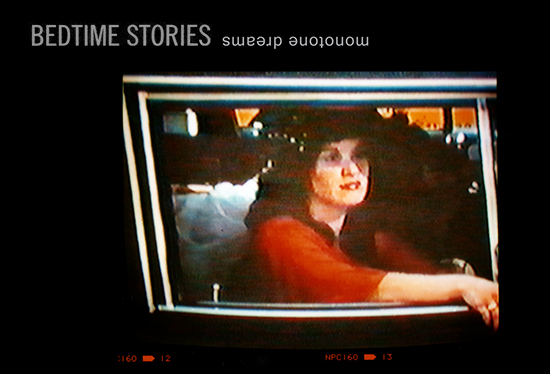





 RSS
RSS